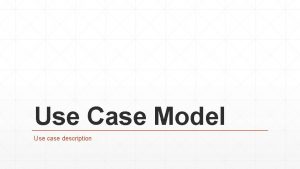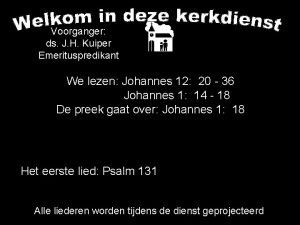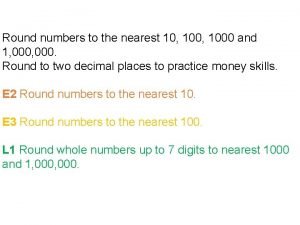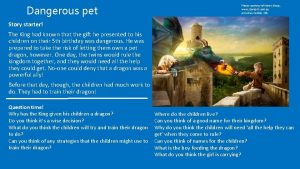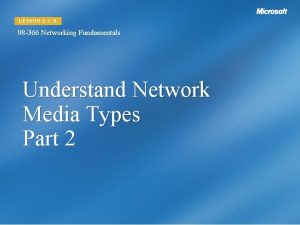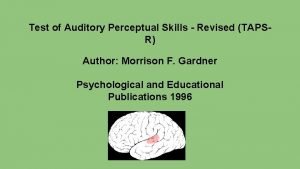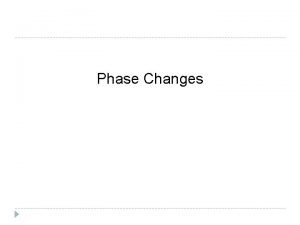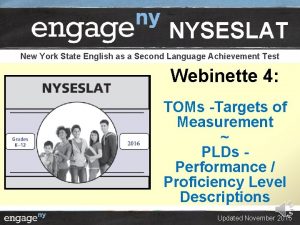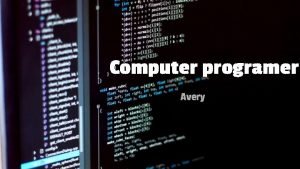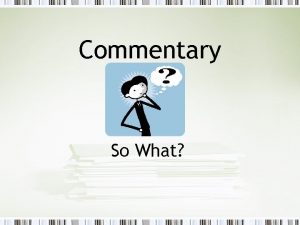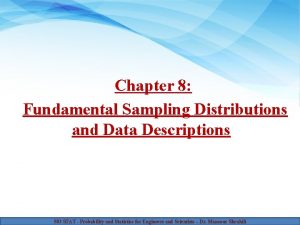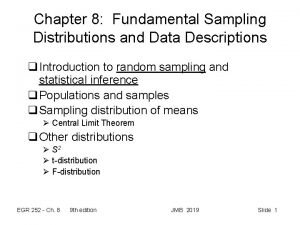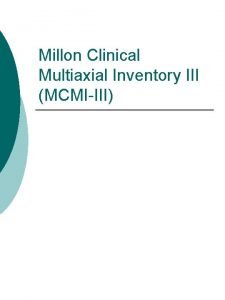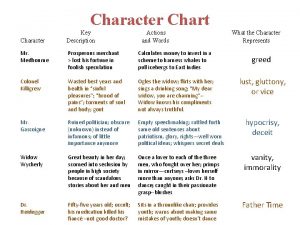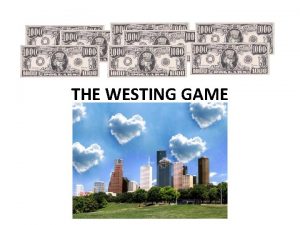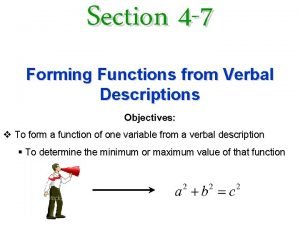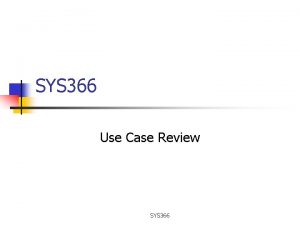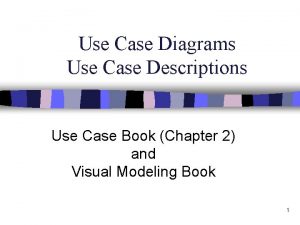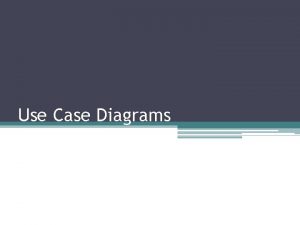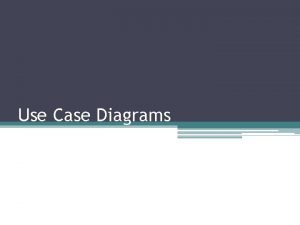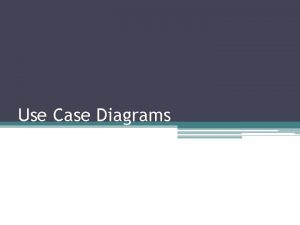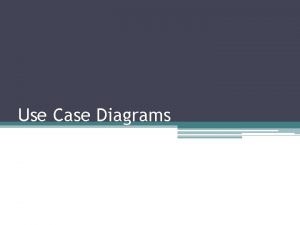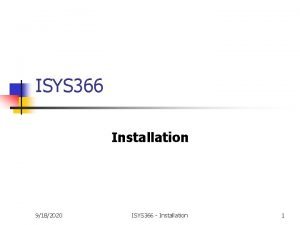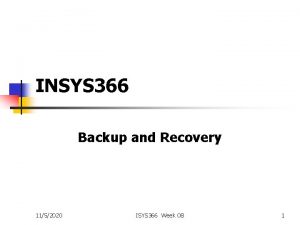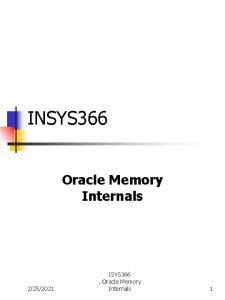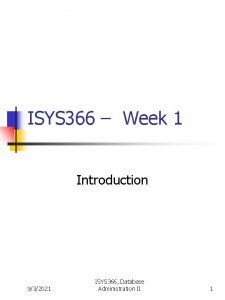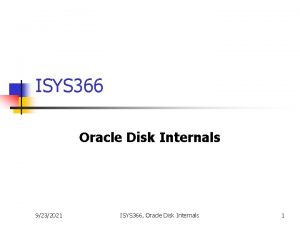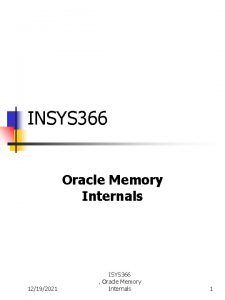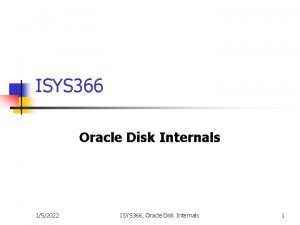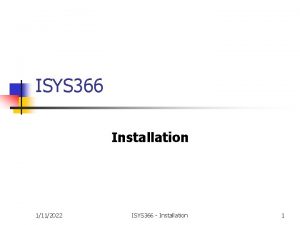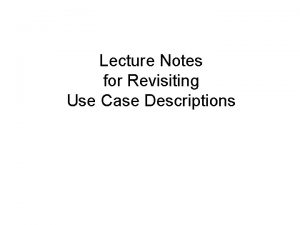SYS 366 Systems Use Case Descriptions SYS 366

































- Slides: 33

SYS 366 Systems Use Case Descriptions SYS 366

Contents n n n Review Systems Use Case Descriptions Systems Use Case Authoring SYS 366 2

The Process so far n n n Draw Business Use Case Diagram to capture the Business Processes (WP 1) Write Business Use Case Descriptions (WP 1) Fact Finding n Interviewing the Client for Technical, Functional, Data Requirements Identify the functions of the new system Draw Systems Use Case Diagrams (WP 2) SYS 366 3

Contents n n n Review Systems Use Case Descriptions Systems Use Case Authoring SYS 366 4

Systems Use Case Descriptions n n n Accompany the systems use case diagram Lay out the sequence of interaction between the user and the system Diagrams provide high-level view and textual description provides detail SYS 366 5

Systems Use Case Descriptions n Based on the dialog metaphor SYS 366 6

Designing Dialogs n n The process of designing the overall sequences that users follow to interact with an information system the sequence in which information is displayed to and obtained from the user SYS 366 7

Systems Use Case Descriptions n The (systems) use case descriptions provide the substance of the (systems) use case model and they are the basis for most of the …modeling work…More than 90% of the (systems) use-case model lies beneath the surface, in the textual use-case descriptions themselves. * *Use Case Modeling, Kurt Bittner & Ian Spence SYS 366 8

Systems Use Case Descriptions n n n “The use case description tells a story of how a system and its actors collaborate to achieve a specific goal This collaboration takes the form of a dialog between the system and its actors It is a step-by-step description of a particular way of using a system”* *Use Case Modeling, Kurt Bittner & Ian Spence SYS 366 9

Systems Use Case Descriptions n “Just like a story, every use case should have n a clear beginning (how the actor starts the use case) n Middle (how the system and actors work together) n End how the use case is concluded”* *Use Case Modeling, Kurt Bittner & Ian Spence SYS 366 10

Systems Use Case Descriptions n n n Not a complete description of all possible ways that some task is performed Does not say how the system is designed or implemented Describes typical ways (or cases) of using the system* *Use Case Modeling, Kurt Bittner & Ian Spence SYS 366 11

Systems Use Case Descriptions n n Systems use Case descriptions are required to define, in detail, the processing that needs to happen in each use case The use case diagram provides a quick view of the goal of the use case by examining the case name and associations SYS 366 12

Systems Use Case Descriptions n The systems use case description must include: n n Who the actors are and how many of them are interacting with the system at any point in time What data is used and how All normal logic All exception and error logic SYS 366 13

Preconditions & Postconditions n Preconditions n n Postconditions n n State of the system at the start of use case State of the system at the end of use case Can be included in the systems use case description SYS 366 14

Preconditions & Post. Conditions n Precondition n n The user must have been authenticated The user must be authorized The system load is 10% below maximum Postcondition n n The user’s account has been updated All transactions have been rolled back or committed SYS 366 15

Contents n n n Review Systems Use Case Descriptions Systems Use Case Authoring SYS 366 16

Systems Use Case Authoring n n n Systems use case descriptions do not pop into existence spontaneously They begin by identifying the use case and create a brief description This description is fleshed out until the final use case description is ready SYS 366 17

The Authoring Life Cycle Briefly Described Discovered Essential Outline Bulleted Outline Detailed Description Systems Use Case Specification SYS 366 18

Life Cycle: Discovery n n n Through the Table identifying Functions Through experience Shown on a Systems Use Case diagram n n Place holder for the Systems Use Case description A visual index, providing a context for the descriptions SYS 366 19

Life Cycle: Briefly Described n n Once the Systems Use Case has been identified, it should be described Example: Rent a Video Systems Use Cases This Systems Use Cases describes how a Video Rental Clerk uses the system to identify a customer, process a video, process the payment, produce a rental transaction and produce a receipt. SYS 366 20

Life Cycle: Essential Outline n n n Focuses on only the most important behaviour of the system Presents a “black box” view of the system in order to focus on getting right what the system must do Emphasizes usability n Helps describe user intent and actions, along with the observable response of the system n Does not describe what is happening inside the system SYS 366 21

Example: Essential Outline Action by Actor System Response Request Customer Information Display Customer Information Provide information on all videos to be rented Record Video information Provide payment details Record payment details Complete Transaction Record transaction and provide receipt SYS 366 22

Essential Outline n n The use case in point form Very useful for generating user interfaces Too much detail can limit the freedom of the user interface designers Adding details might inadvertently suggest what the interface should look like SYS 366 23

Life Cycle: Detailed Description n The detailed description fills in the details of the essential outline Begins by expanding the details of the system response Is changed to a narrative form that reads more like a story or a series of detailed steps SYS 366 24

Example: Conversational Form Action by Actor System Response Request Customer Information Obtain customer name and enter it into system to display information on the customer. Provide information on all videos to be rented Get the list of videos to be rented and enter it into the displayed customer information form. Compute amount owing for rental and tell customer. Provide payment details Get credit card, enter into system, and obtain verification. Complete Transaction Finalize transaction, committing it to permanent storage and print receipt for customer. SYS 366 25

Example: Narrative Form 1. 2. 3. The customer selects videos and presents them to the clerk. The clerk gets the customer’s name and accesses their customer information on the system. The videos to be rented are entered into the customers information and the amount owing is calculated. The customer is told the amount owing. …. . SYS 366 26

Life Cycle: Fully Described n Fully described use cases are: n n n Testable Understandable Unambiguous Correct Complete attainable SYS 366 27

User Interface Mockups n n A picture of what a user interface will look like Drawn with a tool like Power. Point Gets feedback on the interface without building it Ensures that the requirements are correctly understood SYS 366 28

Drawing Mockups n Copy the following graphics to make screen layouts. Button Single-line Edit Box Multi-line Edit Box -This changes its size according to the typing Radio Button (selected) Radio Button (not selected) Window or Dialog Box Check Box (selected) Check Box (not selected) Combo Box List Box Or Combo Box Dropdown Use it either way. SYS 366 29

Example: Mockup System Recovery Options Recovery Method Halt and Catch Fire OK Recover Brilliantly Cancel Add manual comment to system log: Type your comment here. SYS 366 30

Dialog Charts n n n Layout the sequence of screens displayed to the user Show user can navigate from one screen to another Each screen symbol contains: n n n Screen name Reference number Numbers of screens user can return to SYS 366 31

Dialog Charts SYS 366 32

Example: Dialog Chart SYS 366 33
 Detailed use case description example
Detailed use case description example Opwekking 366
Opwekking 366 366 rounded to the nearest ten
366 rounded to the nearest ten Ps 366
Ps 366 Pobble 365 a dangerous pet
Pobble 365 a dangerous pet 98 366
98 366 98 366
98 366 Na jednom kraju bakrene cijevi duljine 366 m
Na jednom kraju bakrene cijevi duljine 366 m Best worst and average case
Best worst and average case True colors descriptions
True colors descriptions Daisy's state of mind during dinner
Daisy's state of mind during dinner Love language test for teens
Love language test for teens Test of auditory perceptual skills
Test of auditory perceptual skills Melting freezing evaporation condensation sublimation
Melting freezing evaporation condensation sublimation Nyseslat proficiency levels
Nyseslat proficiency levels Piggy from lord of the flies
Piggy from lord of the flies Pediatrician job descriptions
Pediatrician job descriptions Basc-3 ages
Basc-3 ages Como hacer una descripcion personal
Como hacer una descripcion personal Programer job description
Programer job description Ctopp composite scores
Ctopp composite scores Commentary and concrete detail
Commentary and concrete detail Fundamental sampling distributions and data descriptions
Fundamental sampling distributions and data descriptions Fundamental sampling distributions and data descriptions
Fundamental sampling distributions and data descriptions Words images objects qualitative or quantitative
Words images objects qualitative or quantitative Mcmiiii
Mcmiiii Film crew hierarchy
Film crew hierarchy Celebrity descriptions
Celebrity descriptions Widow wycherly character traits
Widow wycherly character traits Wj iv achievement sample report
Wj iv achievement sample report Job description vs job specification
Job description vs job specification List of characters in the westing game
List of characters in the westing game Scarlet letter character analysis
Scarlet letter character analysis Forming functions from verbal descriptions
Forming functions from verbal descriptions
